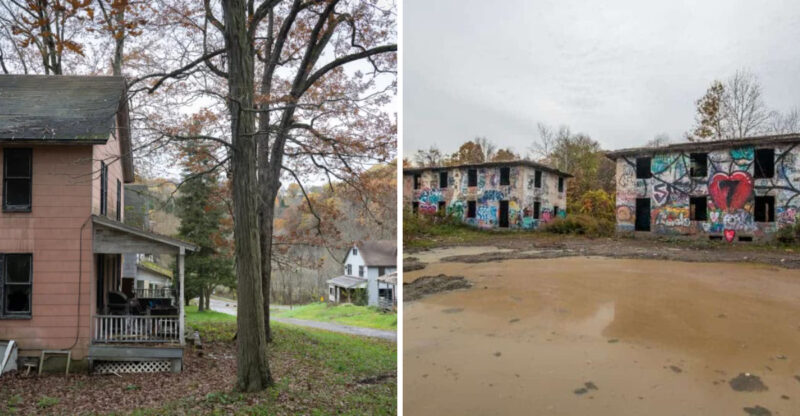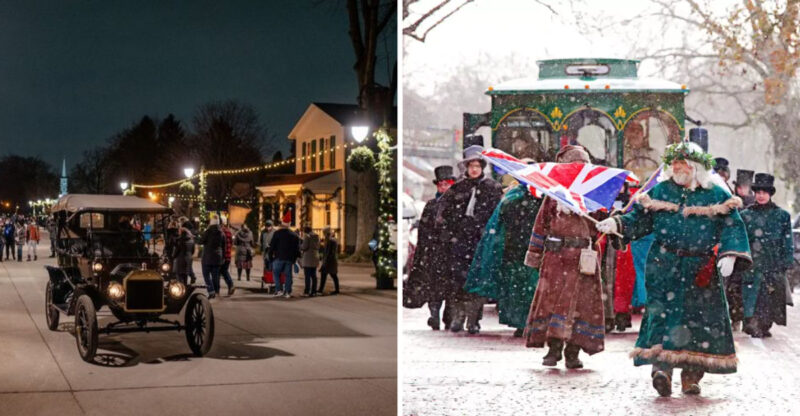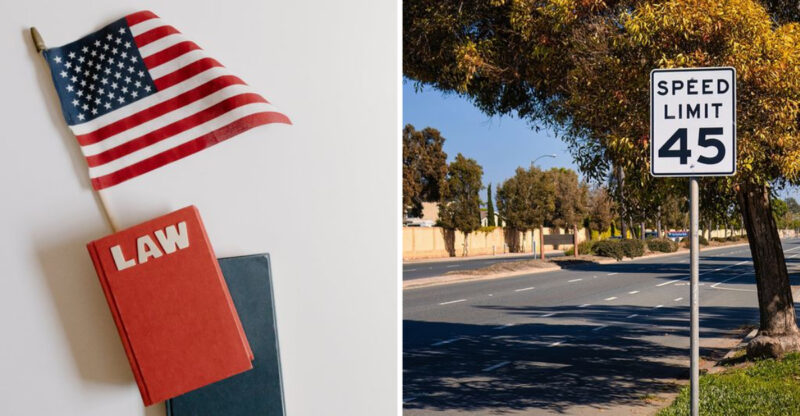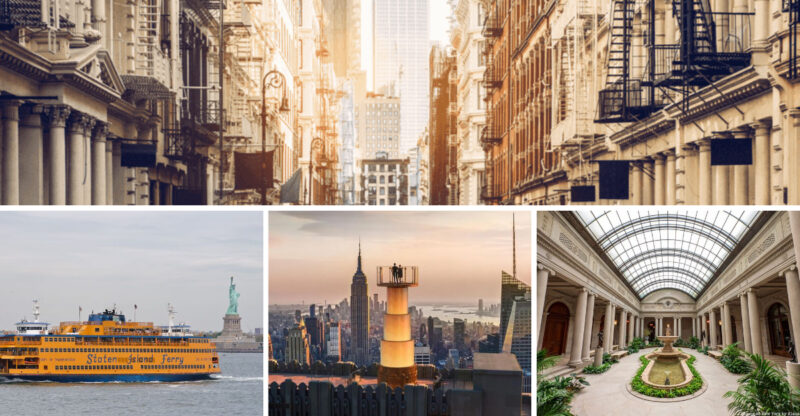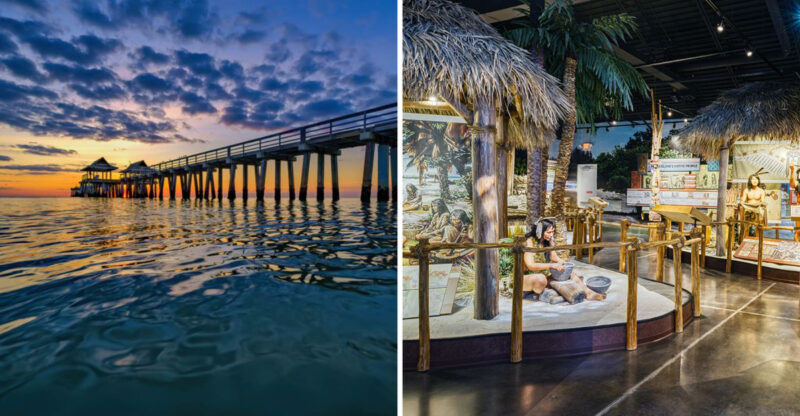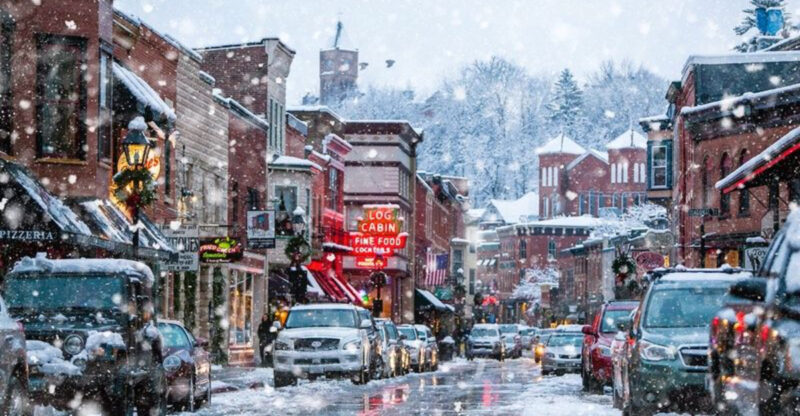23 Abandoned Amusement Parks In Illinois That Once Brought Joy To Thousands
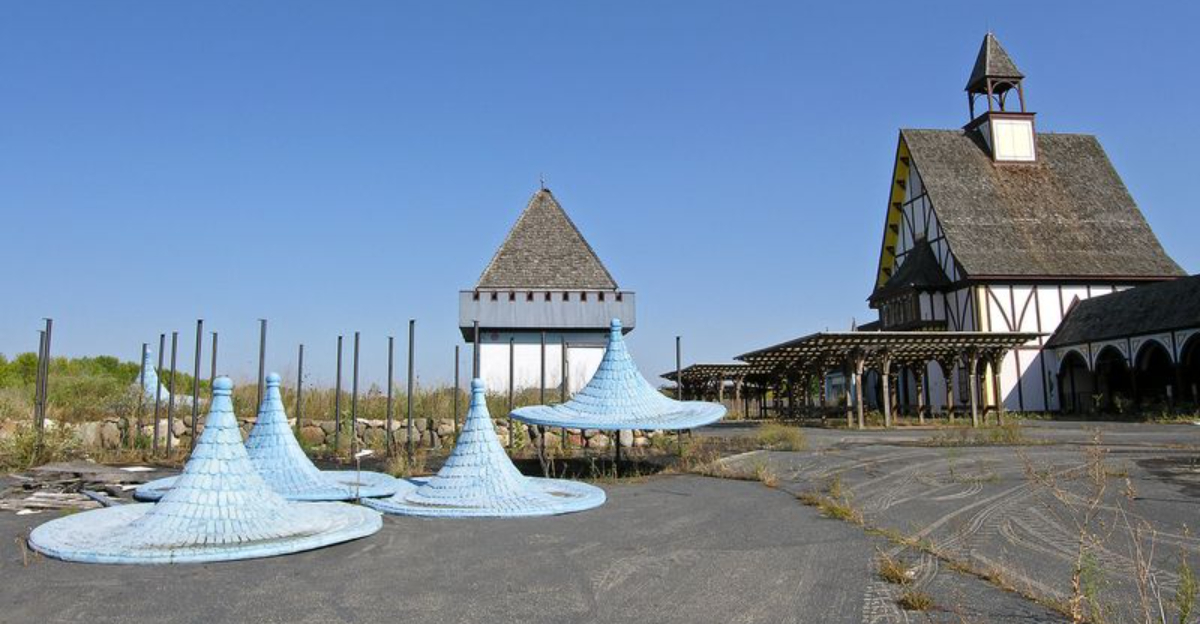
Illinois was once home to dozens of amusement parks that filled summer days with laughter, thrills, and unforgettable memories. Families gathered at these beloved destinations to ride roller coasters, splash in water slides, and create traditions that lasted generations.
Sadly, many of these parks have closed their gates forever, leaving behind only echoes of the joy they once provided. Exploring their stories offers a fascinating glimpse into the past and reminds us of simpler times.
1. Riverview Park – Chicago
From 1904 to 1967, this legendary park stood as Chicago’s playground, drawing millions who craved excitement and escape. Sprawling across 74 acres, it featured some of the wildest rides in the country, including the terrifying Bobs roller coaster.
Families spent entire days wandering the midway, sampling cotton candy, and testing their luck at game booths. When it closed, an entire generation mourned the loss of their childhood haven.
2. Kiddieland Amusement Park – Melrose Park
Operating for eight decades until 2009, this charming park specialized in gentle rides perfect for young children discovering amusement parks for the first time. Generations of families returned year after year, creating traditions around the little train and carousel.
The park’s closure left a void in many hearts, as parents could no longer share the same magical experiences they remembered from their own childhoods.
3. White City – Chicago
Built in 1905 and inspired by the World’s Columbian Exposition, this South Side wonder dazzled visitors with its elaborate architecture and electric lighting. Thousands of bulbs transformed the park into a glowing spectacle visible for miles around.
Though it burned down in 1927, White City left an indelible mark on Chicago’s entertainment history. Its brief but brilliant existence showed what imagination and innovation could achieve.
4. Luna Park – Chicago
Opening in 1907 on the North Side, this park offered Chicagoans an escape filled with exotic attractions and theatrical performances. Its name evoked mystery and adventure, promising experiences beyond the ordinary.
It was closed due to falling attendance/ownership issues in 1911. During its brief run, Luna Park represented the golden age of early twentieth-century entertainment, when amusement parks felt like portals to other worlds.
5. Sans Souci Park – South Side, Chicago
This lakefront park combined amusement rides with beach access, creating a perfect summer destination for Chicago families between 1899 and 1920. The French name, meaning “without worry,” perfectly captured the carefree atmosphere visitors sought.
Picnic grounds and dance halls complemented the mechanical attractions, making it a complete entertainment package. Though long gone, Sans Souci remains a sweet memory in Chicago’s recreational history.
6. Old Chicago – Bolingbrook
Imagine a roller coaster inside a shopping mall – that was Old Chicago’s revolutionary concept when it opened in 1975. This indoor entertainment complex combined retail therapy with legitimate thrill rides, creating something entirely unique for suburban families.
Financial troubles forced its closure in 1980, ending an ambitious experiment in all-weather amusement. The building stood empty for years before demolition, a monument to bold ideas that didn’t quite succeed.
7. Adventureland – Addison
This modest suburban park served Addison families from 1961 to 1977, offering affordable fun close to home. Unlike massive destination parks, Adventureland focused on simple pleasures – small rides, game booths, and ice cream stands.
Local kids could bike there on summer afternoons, spending allowance money on tickets and treats. When it closed, the neighborhood lost more than entertainment; it lost a gathering place where memories were made.
8. Dispensa’s Kiddie Kingdom – Oakbrook Terrace
Designed specifically for toddlers and young children, this pint-sized park operated from 1975 to 1984, introducing generations to the joy of amusement parks. Everything was scaled down – tiny trains, miniature boats, and gentle spinning rides that didn’t overwhelm small visitors.
Parents appreciated the safe environment where their youngest could experience independence. Its closure marked the end of an era for western suburban families seeking age-appropriate entertainment.
9. Ebenezer Floppen Slopper’s Wonderful Water Slides – Oakbrook Terrace
With a name as quirky as its attractions, this water park brought splash-filled excitement to Oakbrook Terrace from 1980 to 1989. The slides twisted and turned, sending riders plunging into refreshing pools below.
Hot summer days meant long lines of kids eager for their turn to race down the colorful chutes. Though it eventually dried up, the park’s whimsical name and thrilling slides remain fond memories for those who visited.
10. Playland Park – Justice
Nestled in the southwest suburbs, this no-frills park operated from the 1950s through the 1970s, serving families who wanted simple fun without traveling downtown. The rides were classic carnival-style attractions that delivered straightforward thrills.
Birthday parties and school outings kept the park busy throughout warm months. When economic pressures forced closure, Justice lost a neighborhood landmark that had defined summer for local children and their parents.
11. Paul Boyton’s Chutes Park – South Side, Chicago
Pioneer showman Paul Boyton brought his innovative water chute concept to Chicago in 1894, creating one of the city’s first modern amusement parks. Boats carrying screaming passengers plunged down steep ramps into lagoons, delivering thrills unlike anything Chicagoans had experienced before.
The park operated until 1908, paving the way for future entertainment venues. Boyton’s vision helped establish Chicago as an amusement park destination during the early twentieth century.
12. Joyland Park – South Side, Chicago
Operating in the 1920s, this South Side park offered working-class families an affordable escape during tough economic times. The name promised exactly what visitors sought – pure, uncomplicated joy in the form of rides, games, and treats.
Though details about its attractions have faded with time, Joyland represented hope and happiness during an era when both were precious commodities. Its closure left another gap in Chicago’s rich amusement park landscape.
13. Fairyland Park – Lyons
Storybook themes dominated this enchanting park that operated from the 1950s through the 1970s, transforming fairy tales into three-dimensional experiences for young visitors. Children wandered through scenes from beloved stories, meeting characters and exploring miniature buildings.
The gentle, imaginative approach made it perfect for preschoolers and early elementary students. When Fairyland closed, suburban families lost a magical destination where fantasy felt wonderfully real and accessible to small children.
14. FunTown (Aka KiddyTown) – South Side, Chicago
Known by two names but loved for one purpose, this South Side park gave neighborhood kids a place to play during the 1960s and 1970s. Small-scale rides and simple games created big memories for families who didn’t need elaborate attractions to have fun.
Its closure reflected broader changes in urban entertainment as suburban mega-parks drew crowds away from neighborhood venues. Still, those who visited remember it fondly as their introduction to amusement parks.
15. Green Oaks Kiddyland – Oak Lawn
Oak Lawn families cherished this child-focused park that operated from the 1960s until 1971, providing safe entertainment within their own community. The rides were designed for little ones, ensuring even the youngest visitors could participate fully.
Parents relaxed on benches while children explored independently, building confidence with each ride. When Green Oaks closed, the suburb lost a valuable resource that had served multiple generations of growing families seeking local recreation.
16. Kiddytown – Norridge
Norridge residents enjoyed this pint-sized park from the 1950s until 1964, where everything was built to child scale. Miniature cars, trains, and boats let kids pretend to be grown-ups while staying perfectly safe.
The park’s closure left working families with fewer affordable entertainment options close to home. Kiddytown represented an era when neighborhoods supported their own recreational venues rather than relying on distant destination parks that required long drives.
17. Hollywood Kiddieland – Chicago
Movie magic met childhood wonder at this themed park that operated during the mid-twentieth century, bringing Hollywood glamour to Chicago kids. The attractions incorporated cinema-inspired designs, making young visitors feel like stars themselves.
Though smaller than major parks, Hollywood Kiddieland offered something unique – imagination combined with accessible entertainment. Its disappearance added to the growing list of neighborhood amusement venues that couldn’t compete with larger suburban developments and changing entertainment preferences.
18. Harlem Park – Rockford
Rockford’s premier entertainment destination from 1891 to 1928, this park combined natural beauty with mechanical thrills. Trolley companies often developed such parks to encourage weekend ridership, making them accessible to working families without automobiles.
Dance pavilions hosted live music while rides provided excitement for younger visitors. When Harlem Park closed, Rockford lost not just an amusement park but a social hub where the community gathered across generations.
19. Forest Park – Forest Park
Nature and entertainment blended seamlessly at this early twentieth-century park that some say gave the town its name. Towering trees provided shade while mechanical rides delivered thrills, creating a balanced experience that appealed to all ages.
The park operated during the golden age of trolley parks, when electric railways made suburban recreation accessible. Though long closed, Forest Park’s legacy lives on in the community’s identity and the memories passed down through local families.
20. Fun Harbor – Waukegan
Waukegan’s lakefront location made this park extra special when it operated during the 1970s and 1980s. Cool breezes off Lake Michigan provided natural air conditioning while visitors enjoyed rides and water attractions.
The combination of traditional amusement park thrills with beach access created a complete summer experience. When Fun Harbor closed, the city lost a destination that had drawn families from throughout northern Illinois seeking lakeside entertainment and relaxation.
21. Electric Park – Plainfield
Electricity was still novel when this park opened in the early 1900s, and thousands of lights transformed it into a beacon visible across the countryside. The illumination alone was enough to draw curious visitors who had never seen such spectacular displays.
Rides and attractions supplemented the visual spectacle, but the electric lights remained the star attraction. Electric Park represented modernity and progress during an era of rapid technological change that fascinated Americans.
22. Shireland – Hampshire
Rural Hampshire hosted this charming park from the 1988 until 1991, offering country air along with carnival rides. Families from Chicago’s suburbs made the drive for a different kind of experience – one that felt more like a county fair than a commercial park.
Shireland’s closure reflected economic challenges facing smaller, independently-owned parks. The property returned to agricultural use, leaving only memories of summers spent enjoying simple pleasures in the countryside.
23. DisneyQuest Chicago – Chicago
Disney’s experimental indoor interactive theme park opened in Chicago in 1999, bringing cutting-edge virtual reality and video game experiences to the city. Five floors of high-tech entertainment promised year-round thrills regardless of weather conditions outside.
Despite the Disney name and innovative technology, it closed in 2001 after just two years. The concept was ahead of its time, and Chicago lost a unique entertainment venue that blended traditional theme park magic with digital age innovation.

